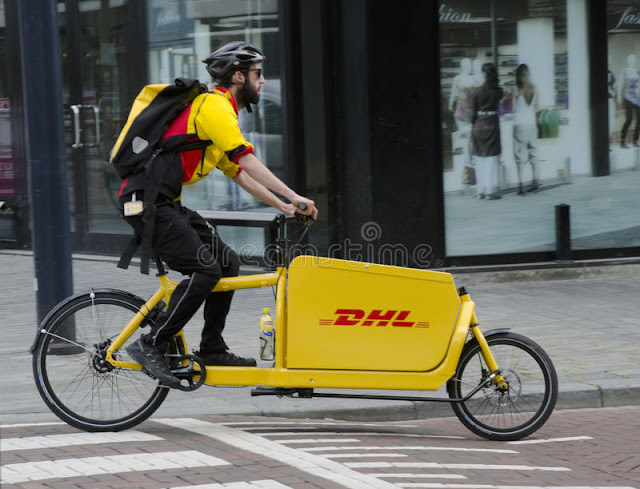Inside Oslo’s plan to go carbon neutral by 2030

For the delivery company, DB Schenker, the bikes are a way to avoid traffic; unlike most other cargo bikes, they’re narrow enough to fit in bike lanes. In tests, the company found that the bikes increased productivity by 40%. For the city, they’re one small part of a move to become carbon neutral in a little more than a decade. WHAT A CONCEPT! Reprint from FastCompany Newsletter 9.18.18 In the center of Oslo, the city is removing parking spaces, closing streets to traffic, improving public transportation, handing out grants for cargo bikes, and building 40 miles of new bike lanes as it prepares to make the entire center car-free by 2019. When the changes began, there was resistance. But the mayor of Oslo says that more people are beginning to see new opportunities. READ >>






